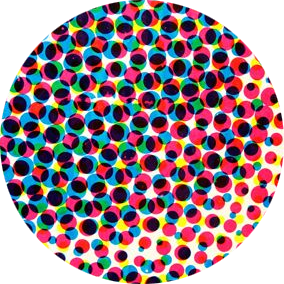“Ducks” and the Transition from Webcomic to Graphic Novel

Kate Beaton originally recounted her experiences working in the Alberta oil sands in a series of webcomics on Tumblr. Comparing the graphic novel version of “Ducks” to the original webcomic version illuminates the thoughtful complexity of Beaton’s suggestively simple style. 1/10




The vertical scrolling format also lends the webcomic version of “Ducks” a particular type of embodied, participatory immediacy. Readers are required to spend time with each fragmented moment and use their thumb or finger to physically move from one moment to the next. 5/10

In her humor comics, Beaton typically employs gaps and silences to bolster punchlines. But the webcomic version of “Ducks” sees her experimenting with symbolic silences that punctuate important moments, encouraging the reader to participate in open-ended reflection. 6/10

So how does the graphic novel version of “Ducks” differ from the webcomic? For one thing, the different format and expanded length enables more gaps & silences. Beaton exploits this to offer tableaus evoking both sublimity & tragedy (and often, the inseparability of the two) 7/10

Scenes from the webcomic version are also redrawn in a more polished style that might make Beaton’s story more accessible. The combination of sketchiness and cleanliness maintains the honest immediacy of the original but adds a mundane calmness Beaton often subverts. 8/10

The graphic novel version of “Ducks” clearly expands the webcomic version. But it can be problematic to assume comics are automatically “better” when they become more traditionally literary, as in standalone, sustained narratives printed on paper in a standard format. 9/10

Each format has value and different things it does well. It’s also possible that the graphic novel version of “Ducks” wouldn’t exist without the webcomic version, which let Beaton work through her thoughts and approach in a supportive, interactive environment. 10/10
